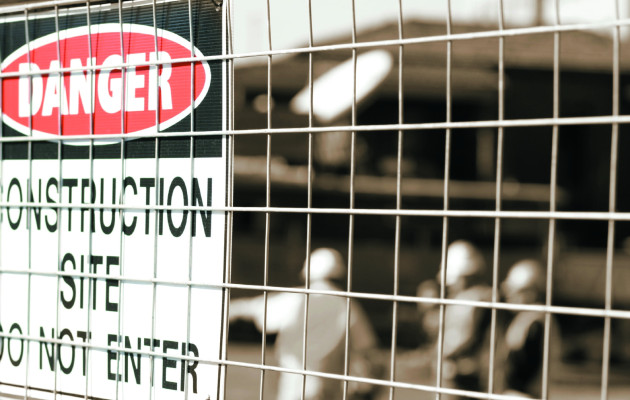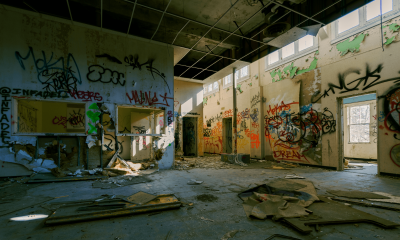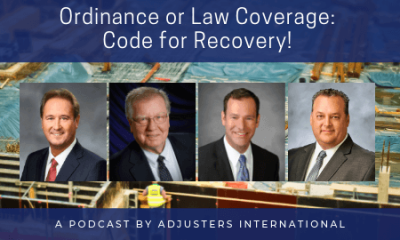The A-Z of Builder's Risk Insurance
Builder’s Risk Insurance provides coverage for property in the course of construction – pertaining to new construction. Properties in the process of being built present a unique set of loss exposures. Unlike a static property, a developing property is much more vulnerable to certain risks; a Builder’s Risk Insurance policy can help mitigate those exposures by providing coverage for the hard costs (i.e. ‘sticks-and-bricks of the facility’) as well as the related financial and economic losses that can arise (soft costs).
Multiple parties with insurable interest
Usually when building a new facility, there can be multiple parties with an ‘insurable interest’ in the property - most notably, the owner of the building, the general contractor, and any sub-contractors. A person with insurable interest means that they have a financial stake in the building, and will endure a financial loss should something happen to the property by way of the expense of labor, materials, supplies, and potential profits incurred as a result of a loss covered by the policy.
In order to protect those interests, a Builder’s Risk Insurance policy can be obtained by either party – the owner or contractor. The challenge is to make sure that the policy covers the interests of multiple parties over the course of the project.
Whoever the named insured (the entity that acquired the insurance) ends up being, they should name all additional insureds on the policy as well. This can include the sub-contractors, professionals, design individuals, engineers, etc. All parties that have an insurable interest and are at financial risk in some form in the event of a covered loss should be listed on the policy.
Materials in transit
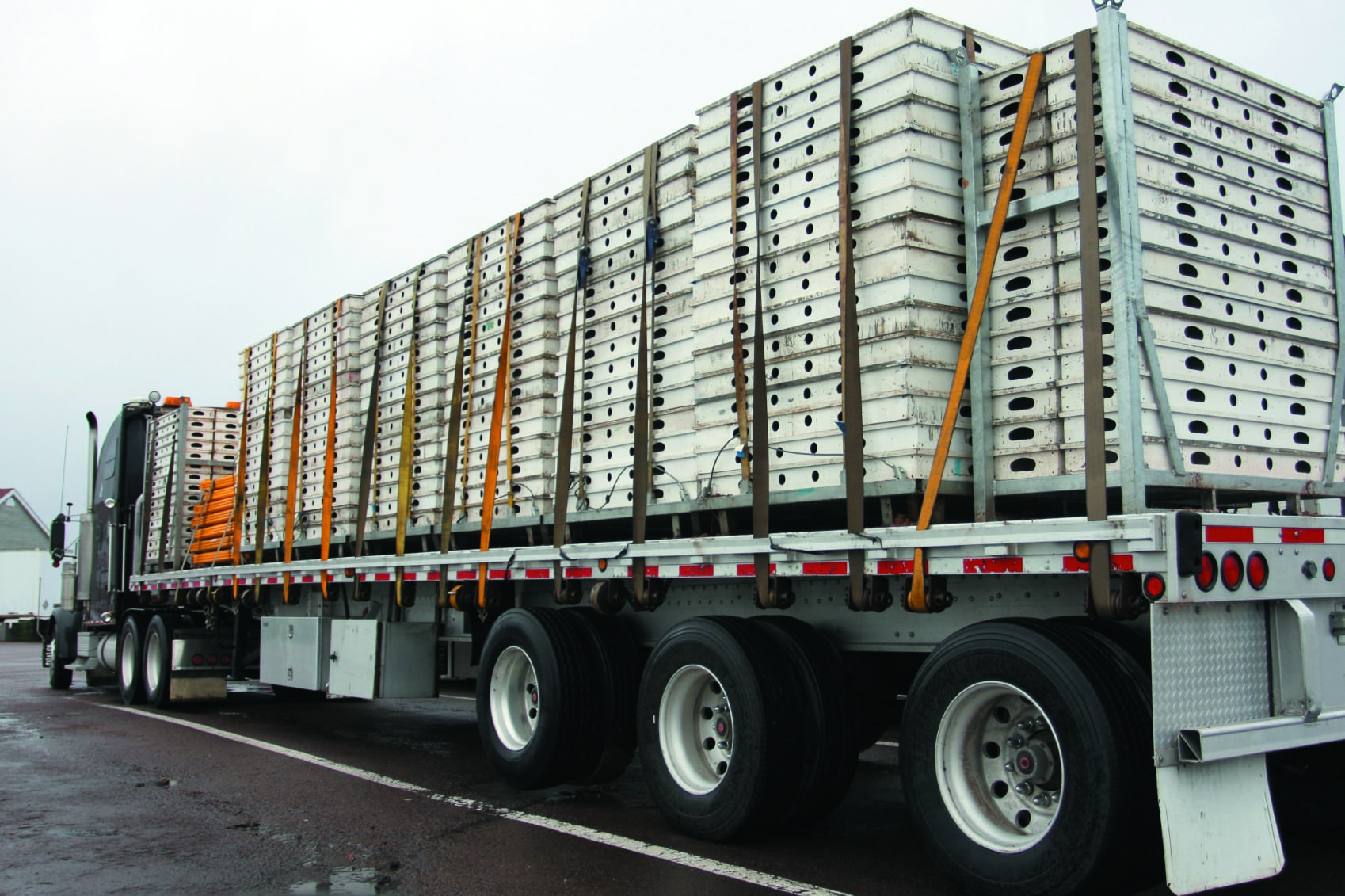 Constructing a new building oftentimes involves the purchasing of materials and bringing them to the job-site or storing them in an off-site storage facility. Builder’s Risk Insurance helps to lessen the exposure of loss when materials are in or awaiting transit.
Constructing a new building oftentimes involves the purchasing of materials and bringing them to the job-site or storing them in an off-site storage facility. Builder’s Risk Insurance helps to lessen the exposure of loss when materials are in or awaiting transit.
For example, when constructing a new building in a large city, there may not be much room on the job site to store materials as perhaps there may be when constructing a new building in the suburbs. This may mean that the contractor has to store certain items off-site and thus travel back and forth to bring materials to the job site itself.
There are many opportunities for a loss during the traveling stages. When awaiting transit, materials may be stored in a facility that suffers a loss such as a fire. When in transit, the vehicle may be involved in an accident, thus damaging the materials for the required job and hence impacting the construction schedule. Builder’s Risk Insurance can provide peace of mind during the transit phases.
It is important to note that in order to insure these materials, they must be carefully accounted for. Oftentimes, the insurance company providing the coverage will need to know the storage location, the types of materials stored or that will be in transit, as well as the value of the materials.
Contractor’s equipment
Most Builder’s Risk Insurance policies exclude coverage for the contractor’s equipment unless the equipment is reported in the values listed in the policy. Consequently, this oftentimes means that the contractor’s equipment is overlooked which leads to a gap in coverage. The good news is there is a way to insure it. The contractor can report it as part of the values – or –purchase an equipment floater.
Natural or man-made disasters
Builder’s Risk Insurance policies consist of many coverages and of course, exclusions. Typically, a Builder’s Risk policy is written on an all-perils basis. “On this basis, coverage applies to physical loss or damage from any cause of loss, unless the loss is limited or caused by a peril that is specifically excluded.”
- Exclusions:
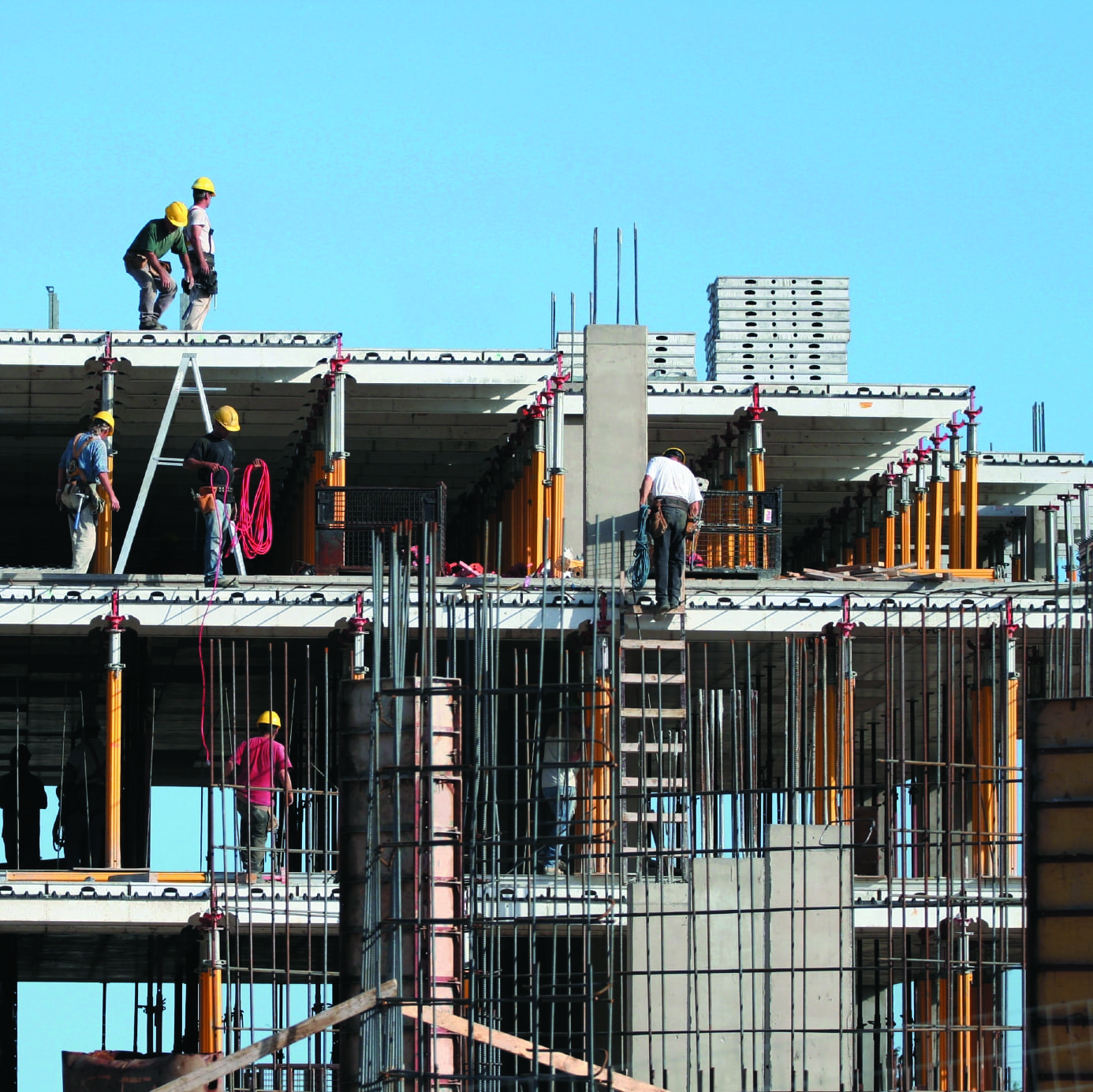 Civil Authority
Civil Authority- Contamination
- Criminal, fraudulent, dishonest, or illegal acts
- Earth movement (earthquake)
- Flood
- Fungus
- Law and ordinance
- Loss of use and consequential losses
- Mechanical breakdown
- Non-fortuitous or non-accidental
- Nuclear hazard
- Pollution
- Steam boiler explosion
- Voluntary party
- War or military action
- Wear and tear
However, to cover some of them like flood, mechanical breakdown, and law and ordinance, there are options for additional endorsements to help mitigate any possible insurance gaps. In order to ensure you are fully protected, you should discuss your situation with your insurance agent or broker.
Listen to our podcast on Builder's Risk Insurance:
To view all of our Property Insurance Roundtable podcasts, click here.
For more information on Builder’s Risk Insurance, visit:
- Adjusting Today “Builder’s Risk Insurance: Specialized Coverage for Construction Projects”
- Property Insurance Roundtable podcast – “Builder’s Risk Insurance”

